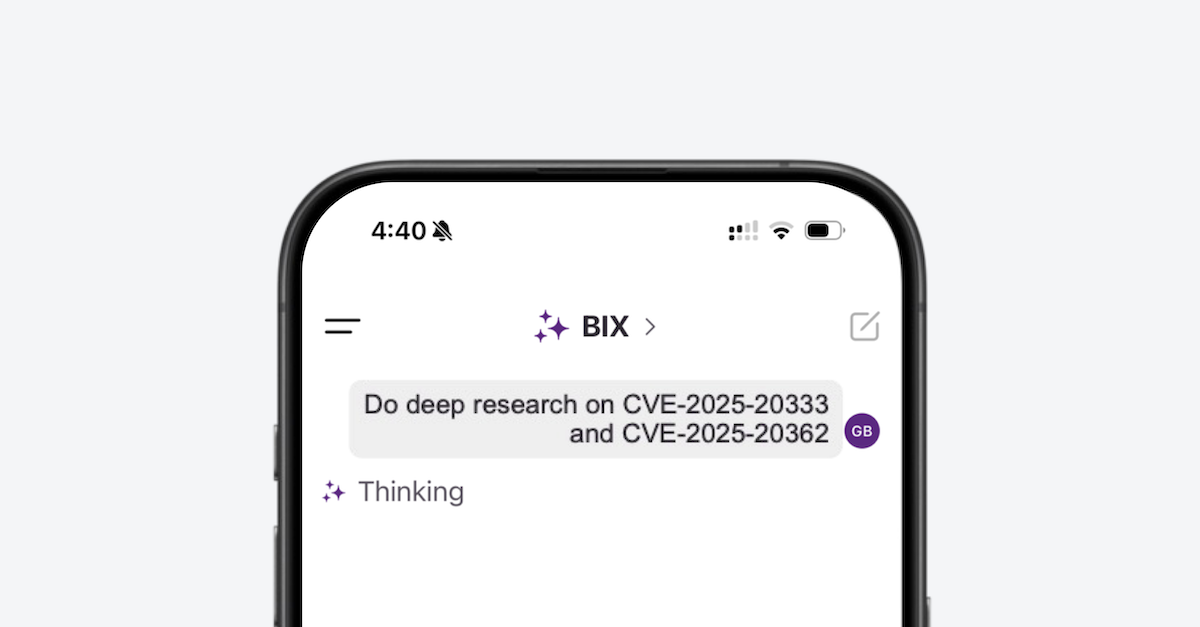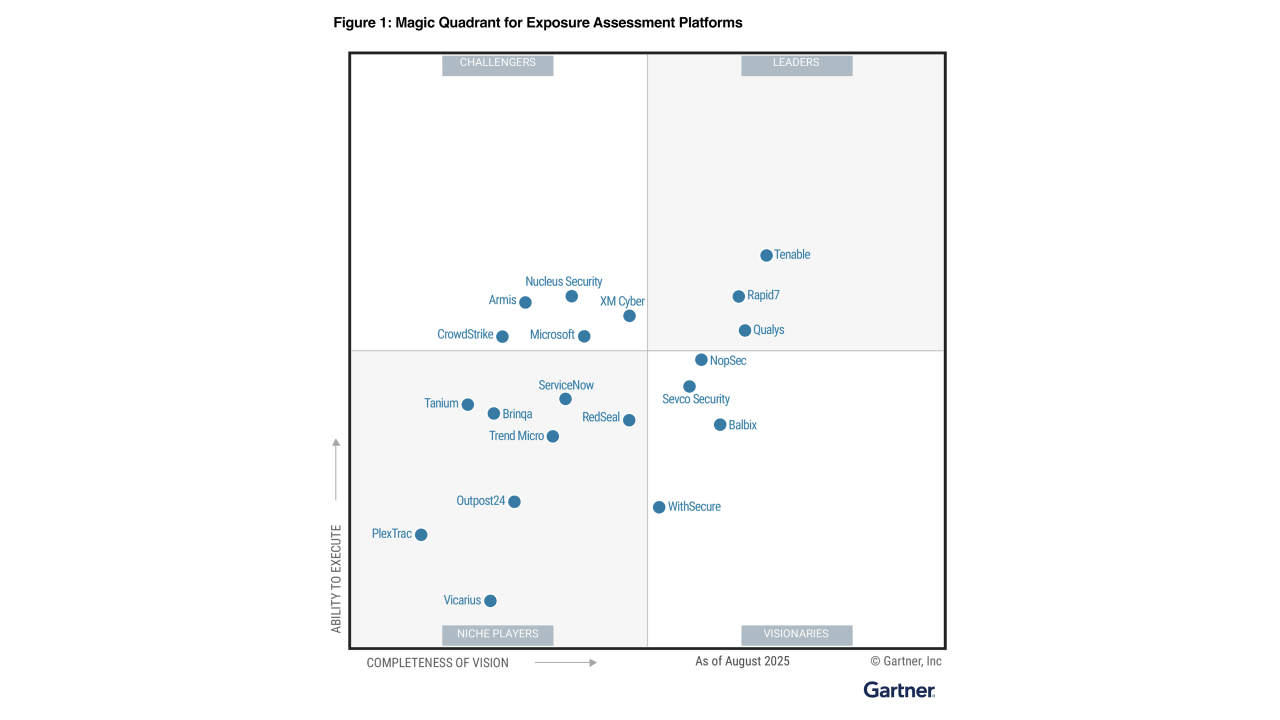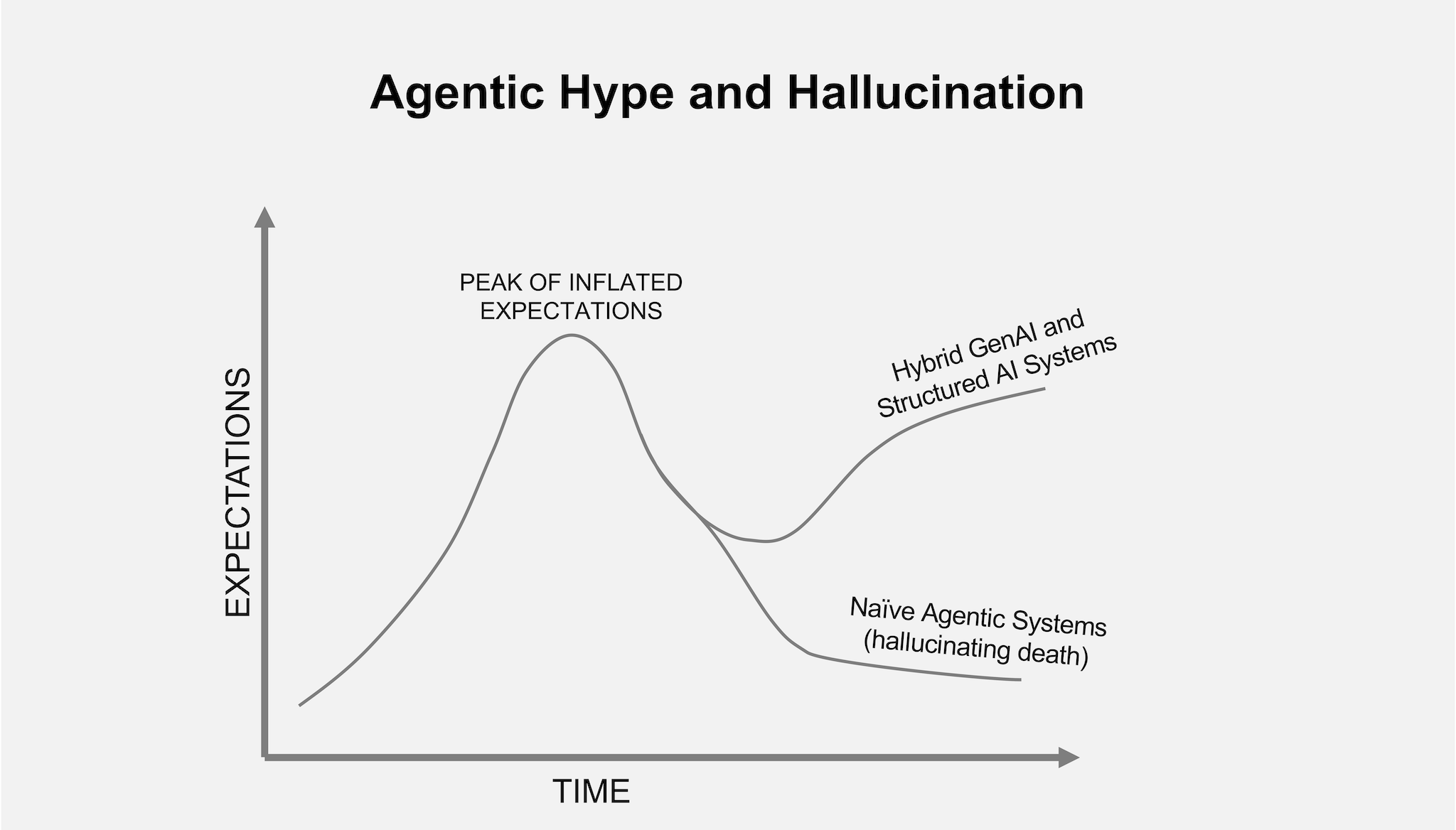Cyber threats are evolving faster than ever, making traditional security measures inadequate. Organizations must proactively identify and mitigate vulnerabilities to protect their systems, data, and reputation. This is where exposure management tools (EM tools) come in.
EM tools provide continuous visibility into your security landscape, helping businesses detect risks before they escalate. This article explores what exposure management tools are, why they’re essential, and how to choose the right one.
Understanding Exposure Management Tools
What Are Exposure Management Tools?
Exposure management tools are cybersecurity solutions designed to identify, assess, and remediate vulnerabilities across an organization’s entire digital ecosystem. Unlike traditional security platforms that react to threats after they occur, EM tools take a proactive approach, reducing risk before incidents happen.
These tools provide comprehensive, real-time insights across networks, endpoints, cloud systems, and applications, enabling businesses to stay ahead of emerging threats. By continuously scanning and analyzing IT environments, they help security teams detect weaknesses and implement protective measures before attackers exploit them.
Exposure management tools integrate with existing security infrastructures, such as Security Information and Event Management (SIEM) systems, Endpoint Detection and Response (EDR) platforms, Application Security (AppSec) scanners, and cloud security solutions. This seamless integration ensures a comprehensive, unified approach to risk management.
Why Exposure Management Tools Are Essential
Rising Cyber Threat Complexity
Cyberattacks like ransomware, phishing, and zero-day exploits are becoming more sophisticated. Traditional security measures struggle to keep up, often leaving gaps in protection. EM tools address this challenge by offering real-time monitoring and automated risk detection, ensuring businesses can respond to threats effectively.
For example, ransomware groups now use double-extortion tactics, encrypting data while also threatening to leak sensitive information. Organizations remain vulnerable to these evolving threats without a proactive exposure management strategy. EM tools help security teams anticipate attack vectors and close security gaps before adversaries strike.
Overwhelming Data and Threat Prioritization
Security teams often face thousands of vulnerabilities, making it impossible to address all risks equally. EM tools prioritize vulnerabilities based on business impact, allowing organizations to focus on the most critical threats. They use risk quantification methods that analyze factors such as exploitability, asset value, and potential operational disruption.
By leveraging artificial intelligence and machine learning, exposure management tools can filter through massive volumes of security data and highlight the most urgent vulnerabilities. This strategic prioritization enhances cybersecurity efficiency, ensuring security teams allocate their resources effectively.
Operational Efficiency
Manual & single-threaded vulnerability tracking and remediation are time-consuming and prone to human error. EM tools automate these processes, reducing the burden on security teams and accelerating response times. With automated scanning, alerting, and patch management, organizations can strengthen their security posture without overextending their cybersecurity personnel.
Automation also enhances coordination between security and IT operations teams. Instead of relying on spreadsheets and manual audits, organizations can use exposure management platforms to streamline vulnerability tracking, patch deployment, and compliance reporting.
Regulatory Compliance
Frameworks like GDPR, CCPA, and SEC cybersecurity rules require proactive risk management. EM tools help businesses stay compliant by providing audit-ready reporting and measurable risk mitigation strategies. Compliance mandates often require organizations to demonstrate continuous monitoring and risk assessment, which exposure management solutions facilitate through automated ticketing and reporting features.
For industries such as healthcare, finance, and government, maintaining compliance is not just about avoiding fines—it’s about safeguarding sensitive data, maintaining public trust, and enabling access to additional markets. Exposure management tools provide the necessary infrastructure to align cybersecurity efforts with regulatory standards.
Key Features of Top Exposure Management Tools
Real-Time Threat Visibility
The best EM tools offer a comprehensive view of vulnerabilities across networks, endpoints, software applications, and cloud platforms. By providing a real-time security posture overview, organizations can react swiftly to emerging threats.
Cyber Risk Quantification (CRQ)
Not all vulnerabilities pose the same level of risk. Top-tier EM tools prioritize threats based on potential business impact, not just severity scores, a process called cyber risk quantification. This helps security teams focus on what matters most by quantifying cyber risk specifically for their organization.
Learn more about the top Cyber Risk Quantification (CRQ) platforms.
Automation for Efficiency
Automated scanning, reporting, and remediation reduce the need for manual intervention, allowing security teams to operate more effectively. This is crucial for organizations managing large IT environments with limited cybersecurity personnel.
Seamless Integration
EM tools should work alongside existing security solutions, such as SIEMs, endpoint protection, and cloud security platforms. Integration capabilities ensure that businesses can enhance their security posture without overhauling their entire cybersecurity stack.
Actionable Insights
Providing clear, prioritized remediation steps is essential. Exposure management solutions should deliver data-driven recommendations that enable security teams to take swift, effective action.
How to Choose the Right Exposure Management Tool
Assess Your Security & Compliance Needs
Identify the specific threat types, vulnerabilities, and risks relevant to your organization. Consider IT infrastructure complexity, business continuity and flexibility, compliance requirements, and threat landscape. Catalog how your existing security stack addresses these elements, where the visibility gaps are, and the level of effort needed to maintain the stack’s status quo.
Ensure Scalability
Choose a solution that can grow with your business and adapt to evolving threats. Cybersecurity is dynamic, so selecting a flexible, future-proof platform is critical.
Prioritize Ease of Use
Look for user-friendly dashboards and intuitive workflows to streamline adoption. The more accessible the tool, the easier for security teams to integrate it into daily operations.
Evaluate Vendor Reputation
Opt for trusted providers with strong industry experience and reliable support. Look for case studies, customer reviews, and independent evaluations to assess the effectiveness of different solutions.
Balance Cost and Value
Invest in tools for measurable risk reduction, efficiency gains, and compliance benefits. Consider the total cost of ownership, including licensing fees, training, and ongoing maintenance.
Real-World Applications of Exposure Management Tools
Organizations across various industries leverage EM tools to enhance cybersecurity resilience:
- Securing Hybrid Workforces: Monitors remote devices to prevent security gaps in decentralized environments.
- Automating Enterprise Remediation: Reduces response times by automating vulnerability management across large IT infrastructures.
- Ensuring Compliance: Helps organizations meet finance, healthcare, and government industry standards.
Conclusion
Exposure management tools are essential for modern cybersecurity, offering real-time visibility, risk prioritization, automation, and compliance support. As cyber threats evolve, organizations need a proactive approach to safeguard their digital assets and maintain operational resilience.
Balbix is an industry-leading exposure management tool that helps businesses identify vulnerabilities, quantify risks, and automate remediation. With its AI-driven analytics and seamless integration capabilities, Balbix empowers security teams to stay ahead of cyber threats and strengthen their security posture.
Investing in the right exposure management solution, like Balbix, ensures your organization remains secure, compliant, and resilient.
Frequently Asked Questions
- What is the best exposure management tool for enterprises?
-
The best tool depends on your security needs. However, Balbix, Tenable, and Qualys are top options for comprehensive risk assessment and mitigation.
- How do exposure management tools improve cybersecurity?
-
These tools provide continuous monitoring, automated risk prioritization, and actionable insights, helping organizations reduce attack surfaces and prevent breaches.
- Are exposure management tools necessary for small businesses?
-
Yes. Cyber threats target businesses of all sizes. EM tools help small businesses enhance security posture, manage vulnerabilities, and maintain compliance. Even when engaging the services of an MSSP, consider their approach to EM to ensure alignment with your needs.
- Can exposure management tools integrate with existing security systems?
-
Most modern EM tools seamlessly integrate with SIEMs, endpoint protection, and cloud security solutions, ensuring a unified cybersecurity approach.
- What industries benefit the most from exposure management tools?
-
The finance, healthcare, government, and retail industries benefit significantly from their regulatory requirements and high risk of cyberattacks.


